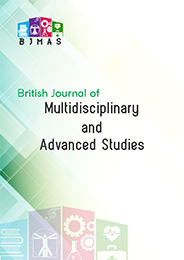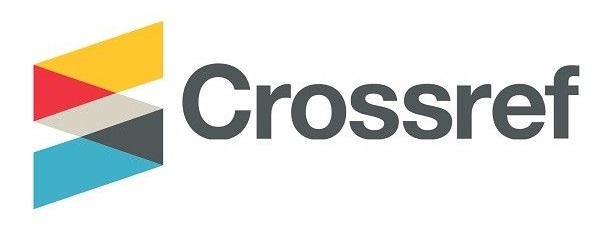Readability Assessment of Patient Information Texts on Amblyopia on the Websites of Major Hospitals in Turkey
DOI:
https://doi.org/10.37745/bjmas.2022.0269Abstract
Especially in the last two decades, the use of internet has increased dramatically. As expected, the patient information texts on the websites of the hospitals are also read by much more people relative to the past. In this context, this paper mainly handles the readability of patient information texts on amblyopia on the websites of major hospitals in Turkey. Since the assessed texts are in Turkish, the readability assessments are carried out by Ateşman Formula which is mainly created in order to measure the readability of the texts in written in Turkish. For this purpose, the relevant information texts of the first ten hospitals that were reached as a result of typing the keyword “göz tembelliği” -which is the Turkish of “amblyopia”- on the internet search engine Google were evaluated. Average value of the Ateşman index of examined texts corresponds to the medium difficulty classification. However, the value found is quite close to the lower limit of the medium difficulty class. This reflects that the readability level of the text is relatively low. The readers of these texts consist of people from various segments of society with various levels of education. Moreover, it is highly probable that the majority of the aforementioned readership did not have a health or medical education. For all these reasons, the readability levels of these texts should be more appropriate for the readers. Various regulations can be brought by official authorities in this regard.
Downloads
Downloads
Published
Versions
- 04-08-2023 (2)
- 04-08-2023 (1)












